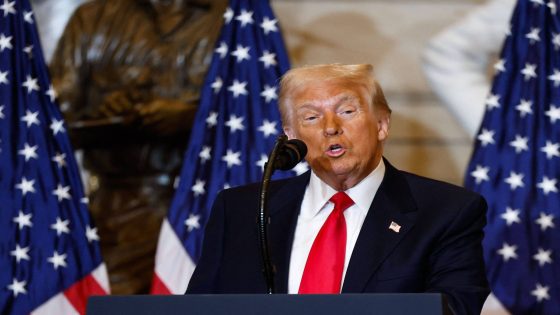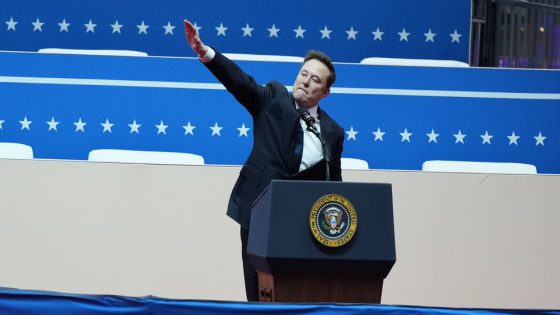On February 9, 2025, Brazil is actively assessing how to respond to potential tariffs imposed by the U.S. under President Donald Trump’s administration. This analysis is crucial as it could significantly impact Brazil’s economy and trade relations. How will Brazil navigate this complex situation?
- Brazil mapping sectors affected by trade war
- Lula promises reciprocity against US tariffs
- Caution advised to avoid US attention
- Potential impacts on steel and machinery sectors
- Brazil seeks to strengthen BRICS relations
- Export growth to US reached 9.2%
Brazil’s Strategic Response to Potential U.S. Tariffs: Key Considerations
What measures will Brazil take if Trump imposes tariffs? The Brazilian government is mapping out affected sectors and exploring various strategies to mitigate potential economic fallout. This proactive approach aims to safeguard Brazilian exports and maintain robust trade relations.
Analyzing the Impact of U.S. Tariffs on Brazilian Industries
The Brazilian government is closely monitoring the potential effects of U.S. tariffs on various sectors, including steel, machinery, and agriculture. By understanding these impacts, Brazil can formulate effective countermeasures. Key considerations include:
- Evaluating the economic repercussions for specific industries.
- Identifying new markets to offset potential losses.
- Implementing safeguards to protect local industries.
- Enhancing diplomatic relations with BRICS nations.
Potential Sectors Affected by U.S. Tariffs
Several sectors in Brazil may face significant challenges if U.S. tariffs are enacted. Industries such as steel and machinery are particularly vulnerable due to their reliance on U.S. imports. The government is assessing how these tariffs could disrupt supply chains and affect domestic production.
Brazil’s Trade Strategy Moving Forward
In light of the potential tariffs, Brazil is exploring alternative markets and strengthening ties with countries like China and India. This strategy aims to diversify trade partnerships and reduce dependency on the U.S. market. By fostering these relationships, Brazil hopes to create a more resilient economy.
Conclusion: Navigating Uncertain Trade Waters
As Brazil prepares for possible U.S. tariffs, the focus remains on strategic planning and international collaboration. By proactively addressing potential challenges, Brazil aims to protect its economy and maintain strong trade relations. How will these developments unfold in the coming months?































